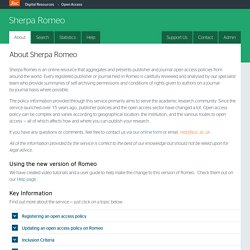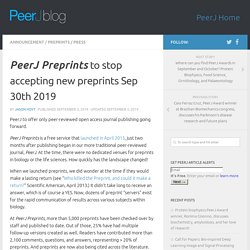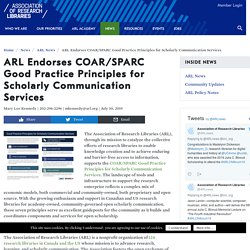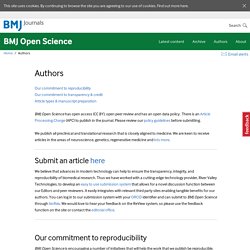

The Lens - Free & Open Patent and Scholarly Search. About Sherpa Romeo - v2.sherpa. Sherpa Romeo is an online resource that aggregates and presents publisher and journal open access policies from around the world.
Para llega a la informacion científica producida en todos los medios y publicada, ya no sólo existen los recursos de ciencia abierta y recursos abiertos pues ya existen medios de gestión de la información y curaduría que dan alternativas como Sherpa Romeo. Una de sus secciones indican donde más puede estar el archivo o artículo que buscamos qué buen puede estar fuera de embargo, – arturix
Every registered publisher or journal held in Romeo is carefully reviewed and analysed by our specialist team who provide summaries of self-archiving permissions and conditions of rights given to authors on a journal-by-journal basis where possible.

The policy information provided through this service primarily aims to serve the academic research community. Since the service launched over 15 years ago, publisher policies and the open access sector have changed a lot. Open access policy can be complex and varies according to geographical location, the institution, and the various routes to open access — all of which affects how and where you can publish your research.
If you have any questions or comments, feel free to contact us via our online form or email, help@jisc.ac.uk. Using the new version of Romeo Key Information [Open panel below] Inclusion Criteria Notes. Forrtproject/forrt: FORRT Website. Dimensions. Preprints to stop accepting new preprints Sep 30th 2019 – PeerJ Blog. PeerJ to offer only peer-reviewed open access journal publishing going forward.

PeerJ Preprints is a free service that launched in April 2013, just two months after publishing began in our more traditional peer-reviewed journal, PeerJ. At the time, there were no dedicated venues for preprints in biology or the life sciences. How quickly has the landscape changed! When we launched preprints, we did wonder at the time if they would make a lasting return (see “Who killed the Preprint, and could it make a return?” Scientific American, April 2013.) At PeerJ Preprints, more than 5,000 preprints have been checked over by staff and published to date.
Where preprints fit alongside peer review at PeerJ We started the PeerJ organization primarily to provide a superior peer-reviewed experience shaped by its Academic Editors. We truly appreciate the thousands of preprint authors who have published in PeerJ Preprints and have helped kickstart preprinting in the wider community. Key Dates. Publons. Endorses COAR/SPARC Good Practice Principles for Scholarly Communication Services - Association of Research Libraries.
The Association of Research Libraries (ARL), through its mission to catalyze the collective efforts of research libraries to enable knowledge creation and to achieve enduring and barrier-free access to information, supports the COAR/SPARC Good Practice Principles for Scholarly Communication Services.

The landscape of tools and infrastructure to support the research enterprise reflects a complex mix of economic models, both commercial and community-owned, both proprietary and open source. With the growing enthusiasm and support in Canadian and US research libraries for academy-owned, community-governed open scholarly communication, these seven principles serve as excellent guideposts for the community as it builds and coordinates components and services for open scholarship.
About the Association of Research Libraries. Open Science MOOC. Home. Open Access. Resources. BMJ Open Science. At BMJ Open Science, we divide our research articles into three types: confirmation studies, exploratory studies, and meta-research.

This distinction values the differences in study designs, threats to validity, and the inferences specific to each research type. Further reading about how we came to these article types is in Kimmelman et al, 2014, PLOS Biology (doi:10.1371/journal.pbio.1001863) and Mogil et al, 2017, Nature (doi:10.1038/542409a). Each article type is described in full below. All research articles must have a clear and justified research question and follow an IMRAD format (Introduction, Methods, Results and Discussion). Please include in your article: Confirmation studies Confirmation studies are hypothesis-testing preclinical research studies. Confirmatory primary research studies have two features: The study must have been pre-registered in a protocol format, a registered report (see below for further details) or in a registry.